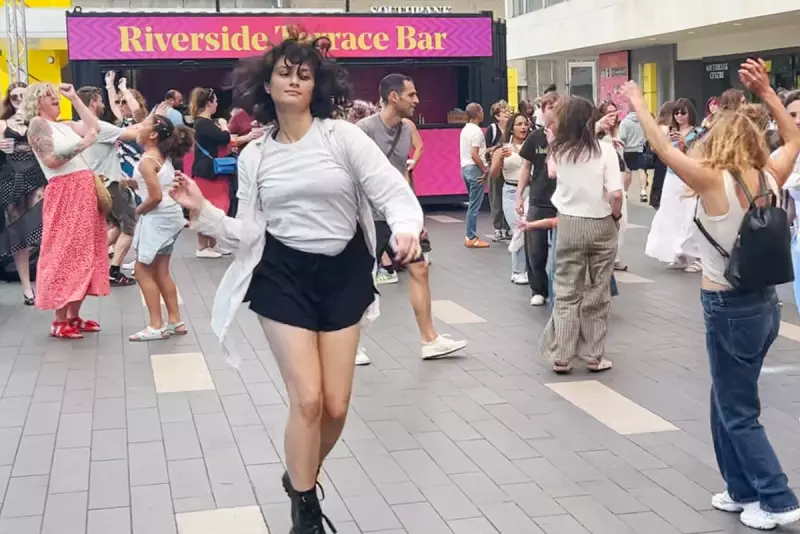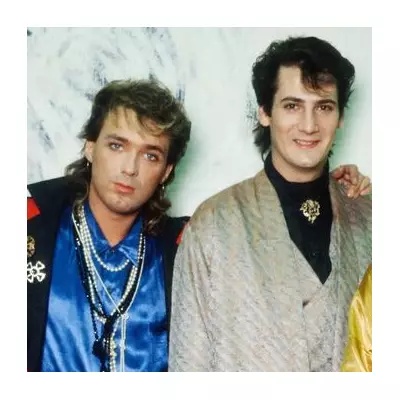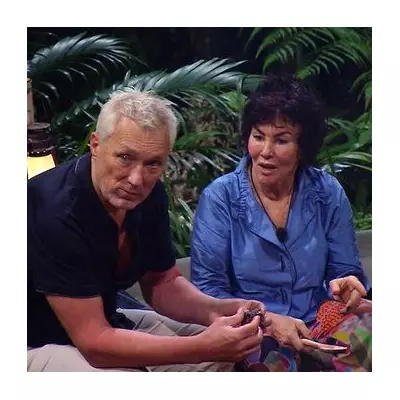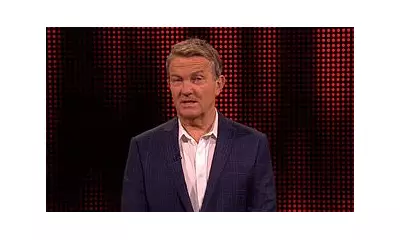
In an unexpected yet powerful twist, rave culture is emerging as a therapeutic space for individuals navigating grief and loss. Across the UK, people are turning to dance floors and electronic music events as a way to process their emotions and find solace in collective energy.
The Healing Power of Movement
Experts suggest that the physical act of dancing releases endorphins, which can help alleviate symptoms of depression and anxiety. For those mourning a loved one, the rhythmic movement offers a nonverbal outlet for pent-up emotions.
A New Approach to Bereavement
Traditional grief counselling isn't for everyone. The rave scene provides an alternative space where participants can:
- Express emotions through movement rather than words
- Connect with others in a non-judgmental environment
- Experience catharsis through music and physical exertion
The Science Behind the Beat
Neurological studies show that certain electronic music frequencies can synchronise brain waves, potentially helping individuals process traumatic experiences. The combination of:
- Pulsing rhythms
- Shared experience
- Physical release
creates a unique therapeutic environment that's gaining recognition from mental health professionals.
Community and Connection
At its core, rave culture has always been about community. For those grieving, this sense of belonging can be particularly healing. The anonymity of the dance floor allows people to:
- Let go of societal expectations about grief
- Find comfort in collective energy
- Experience moments of joy amidst sorrow
As this movement grows, more bereavement support organisations are taking notice, exploring how to incorporate these principles into traditional grief therapy programmes.





